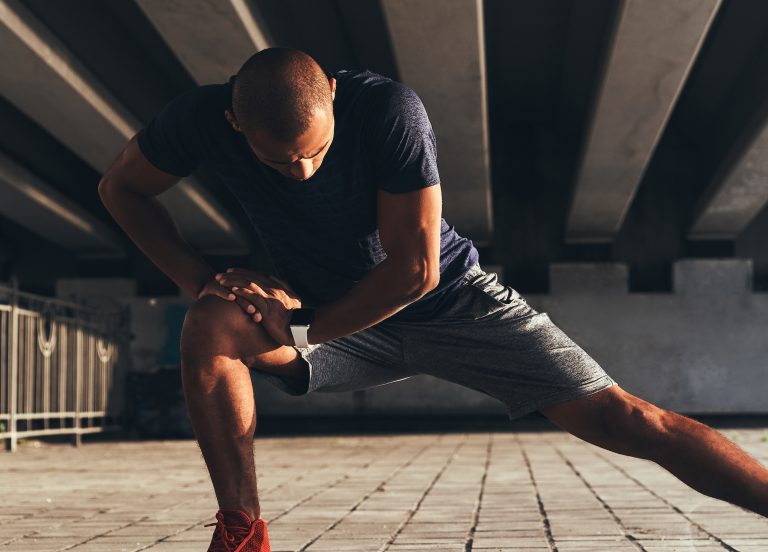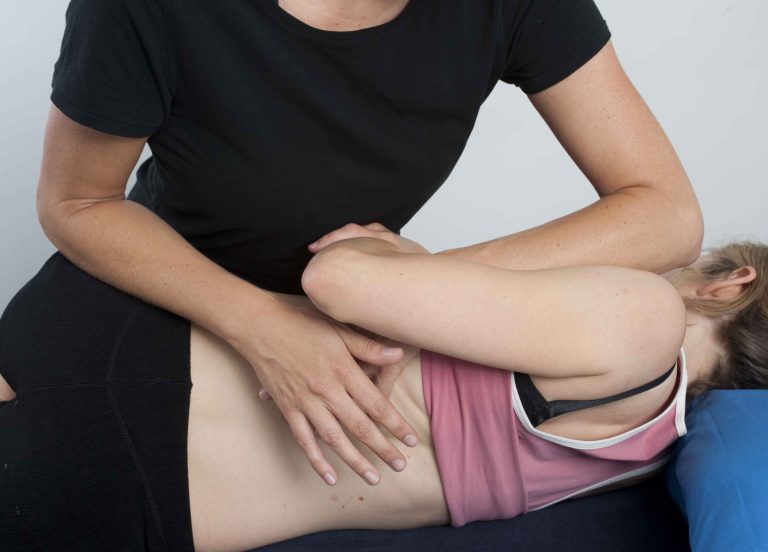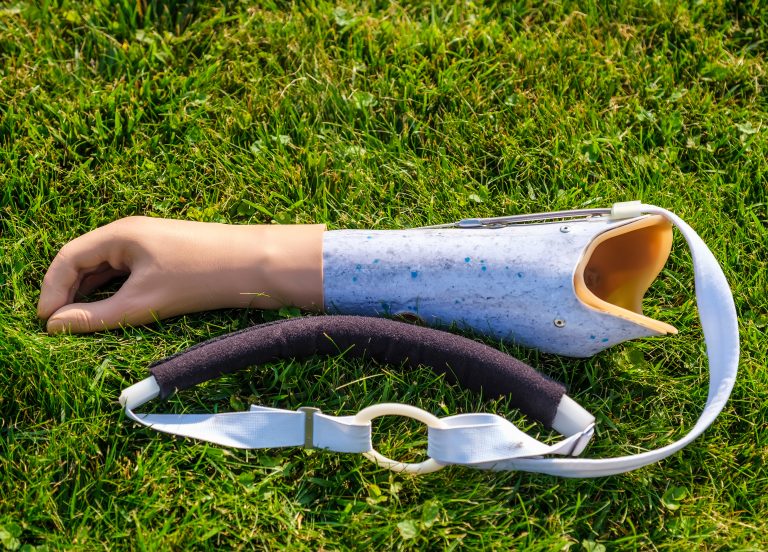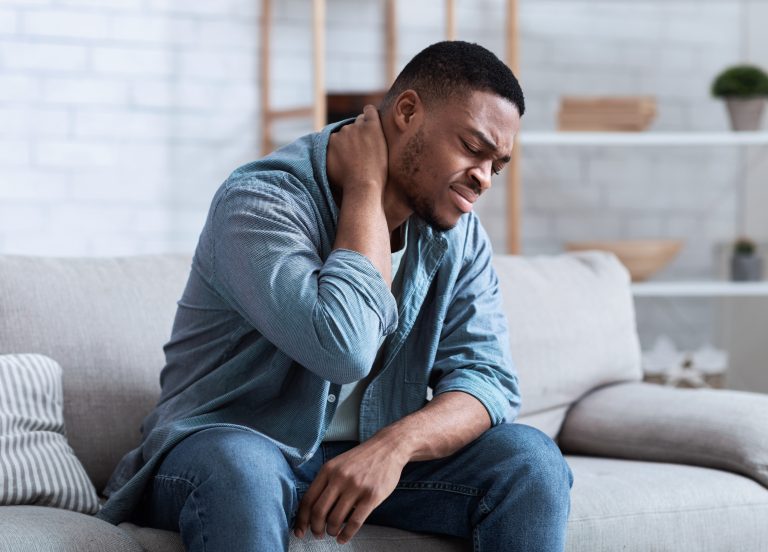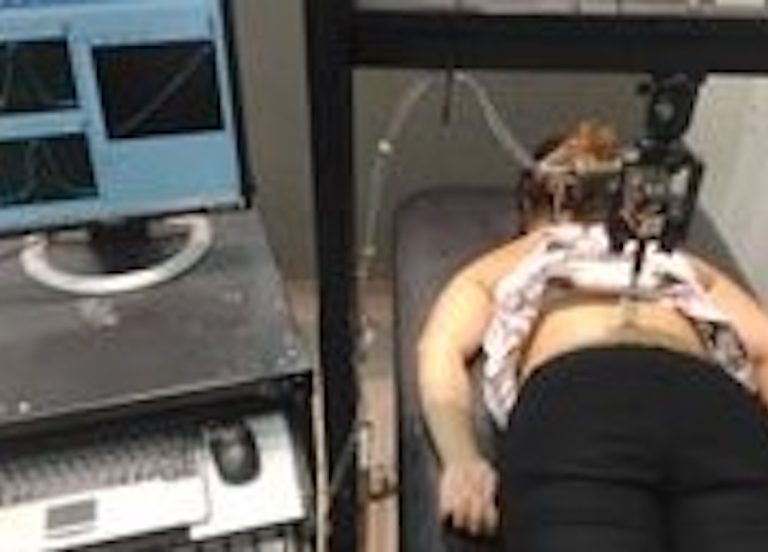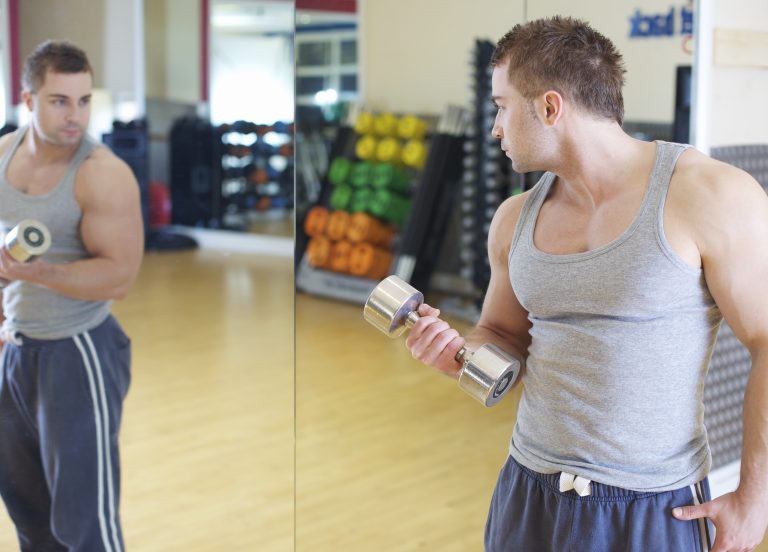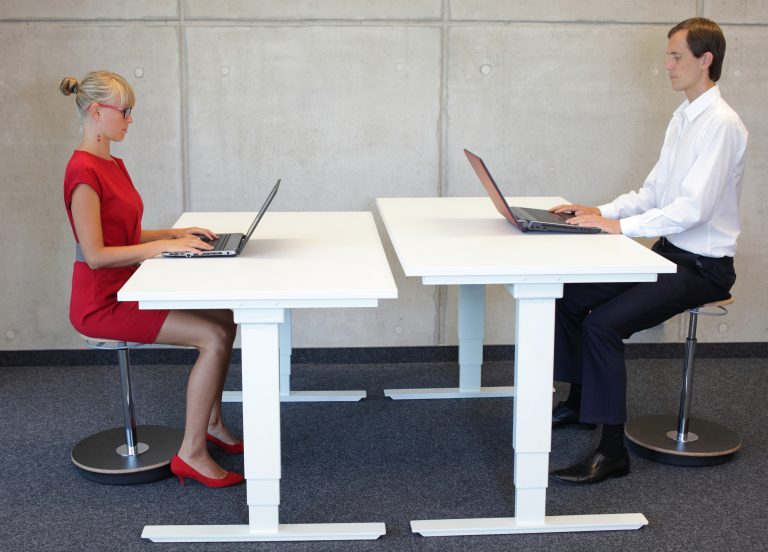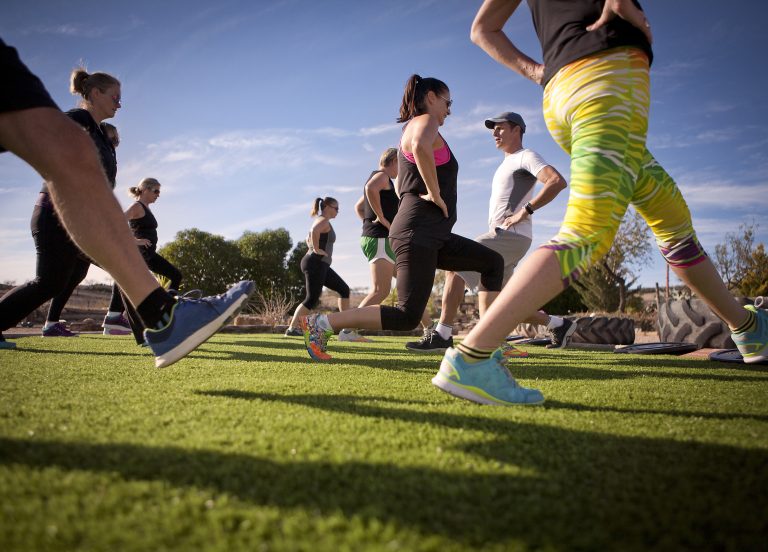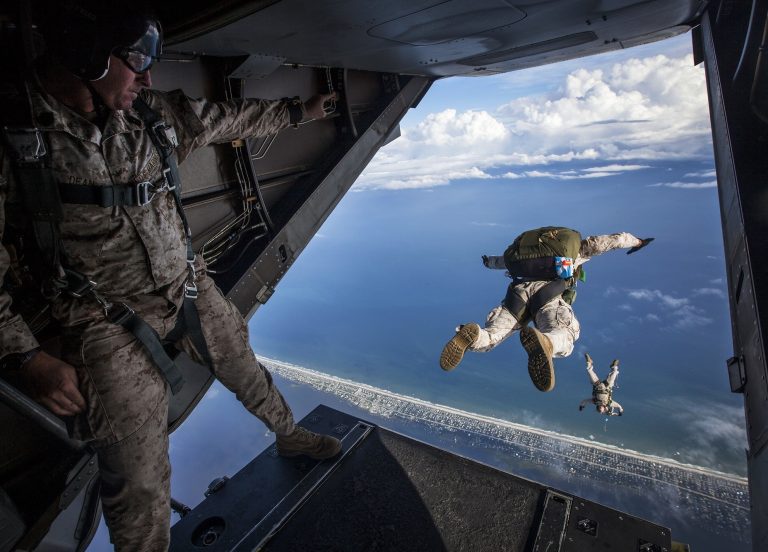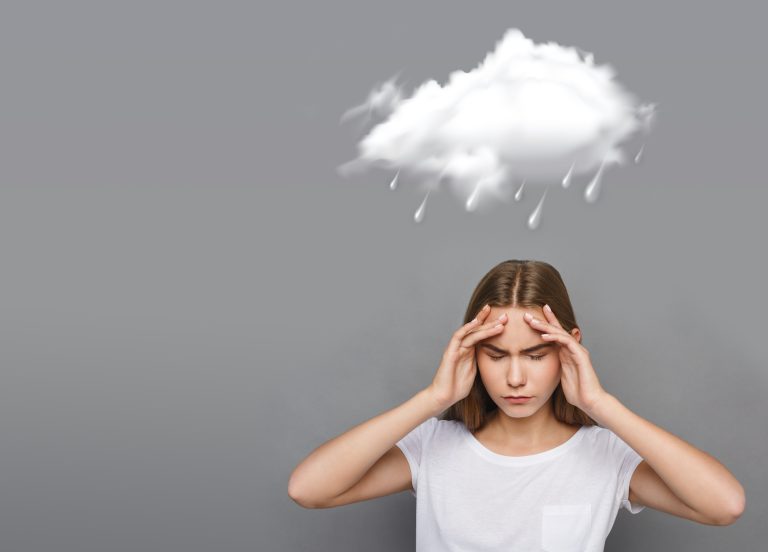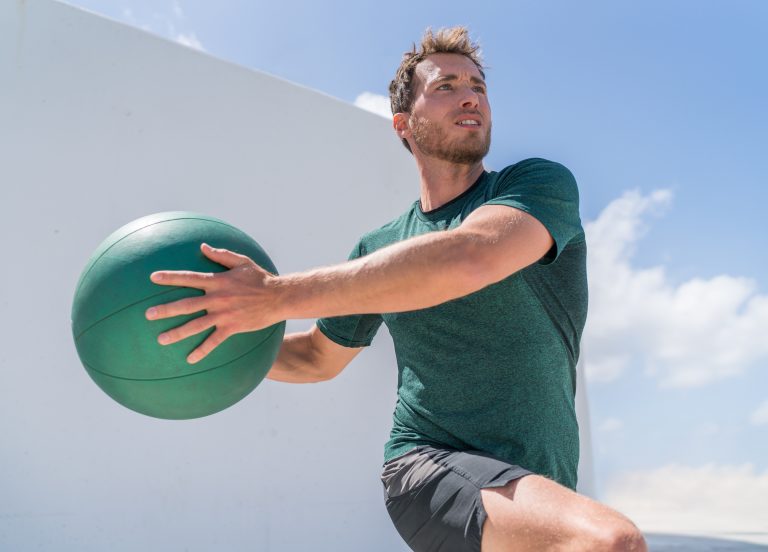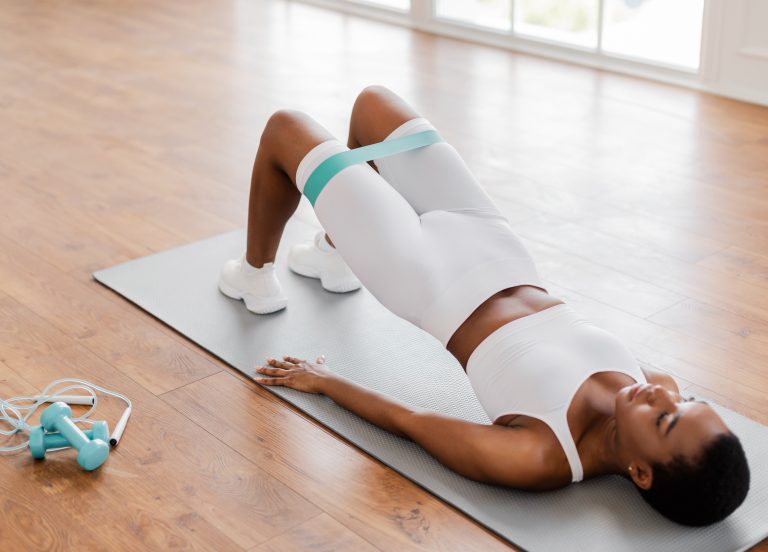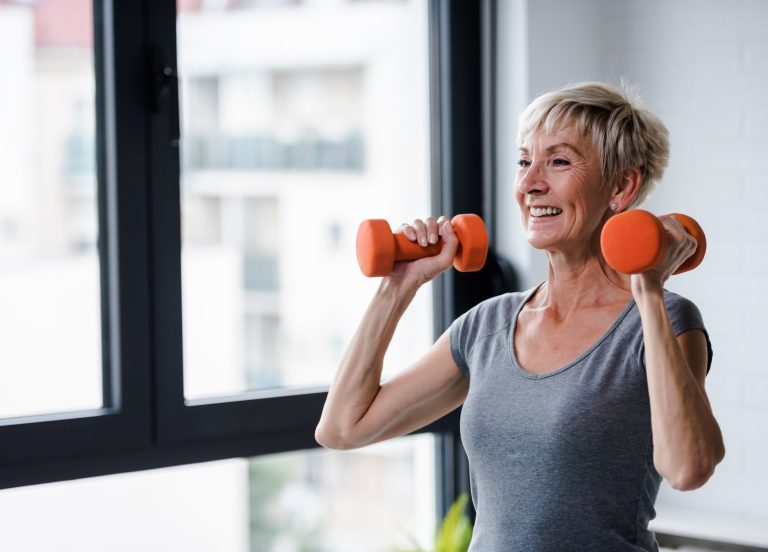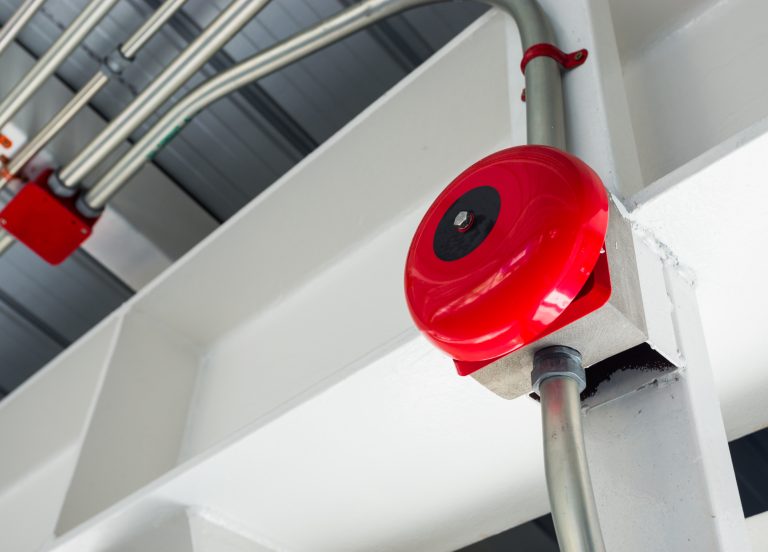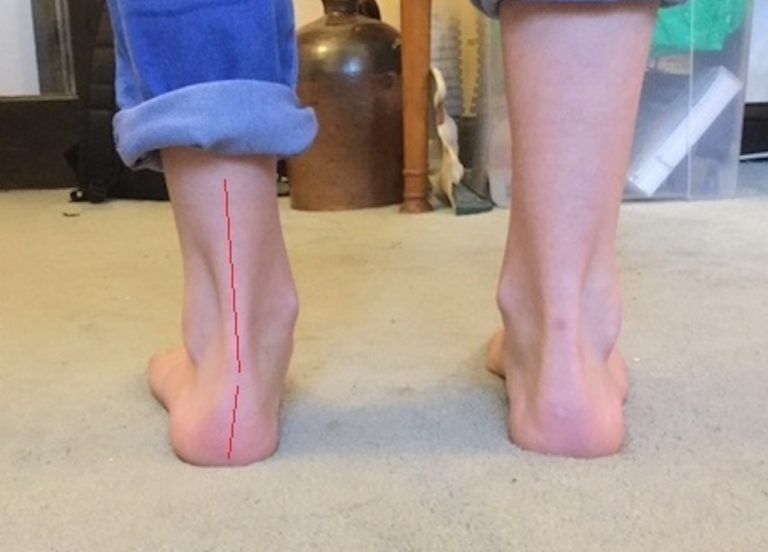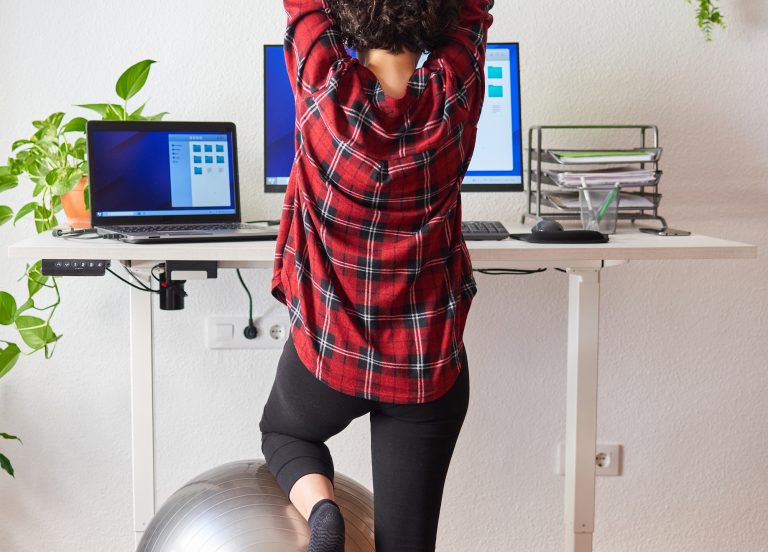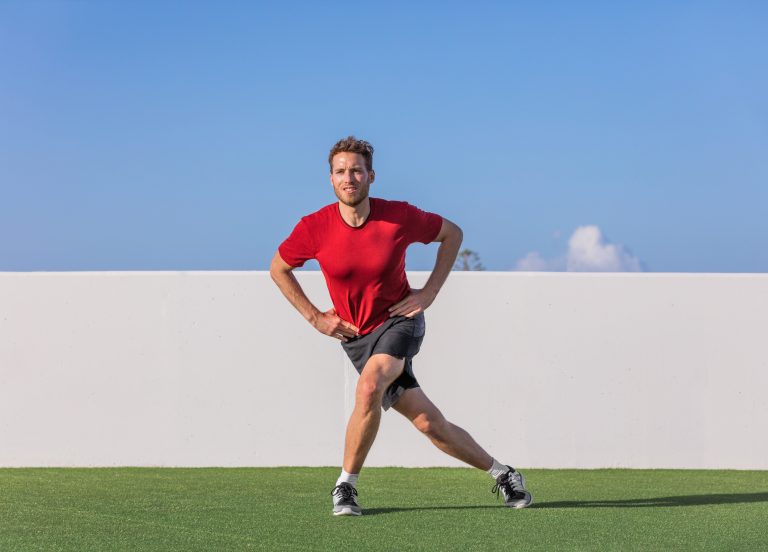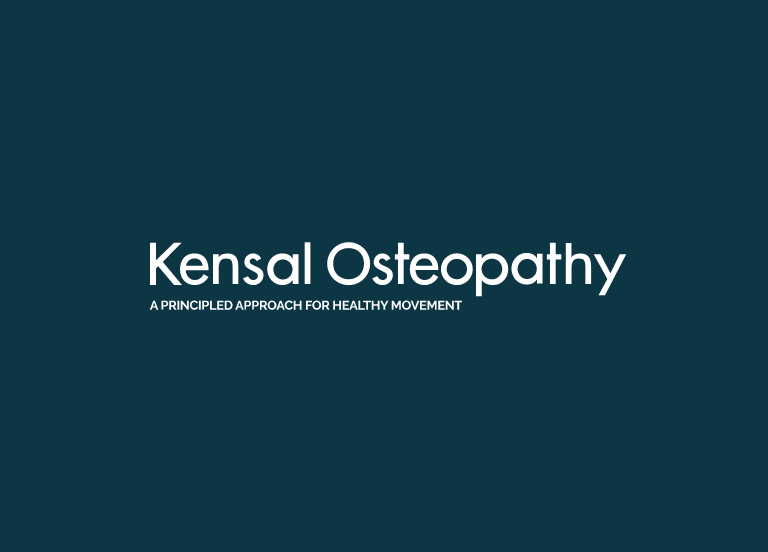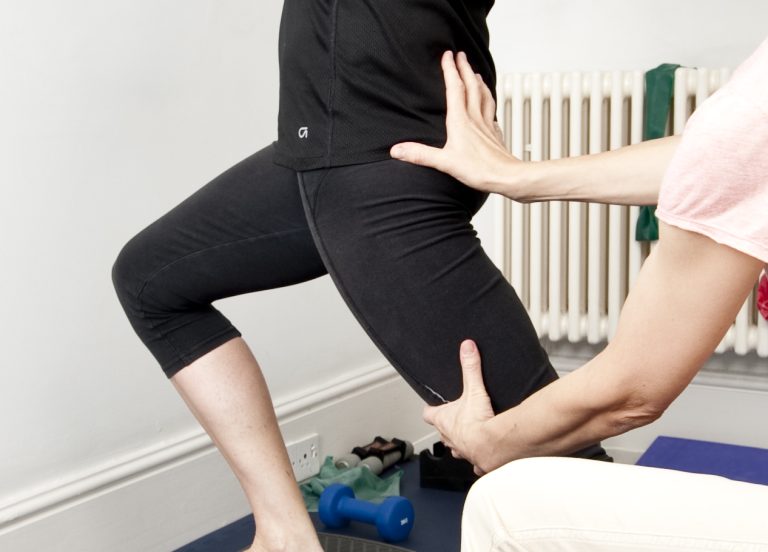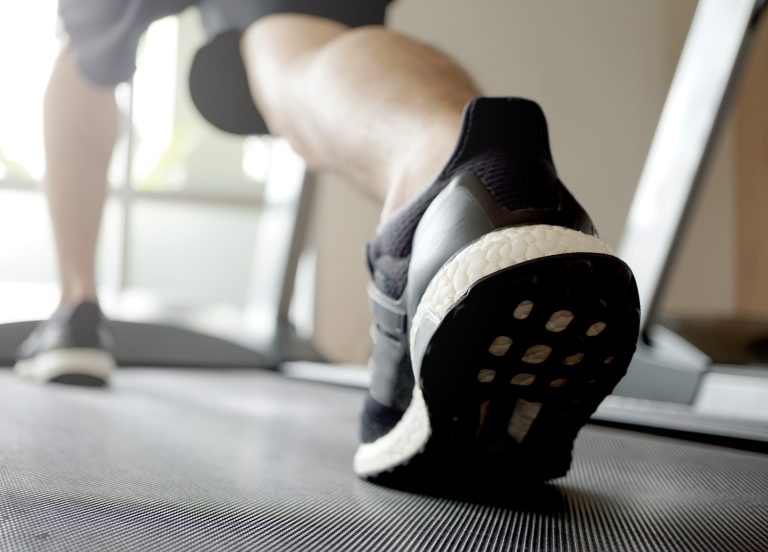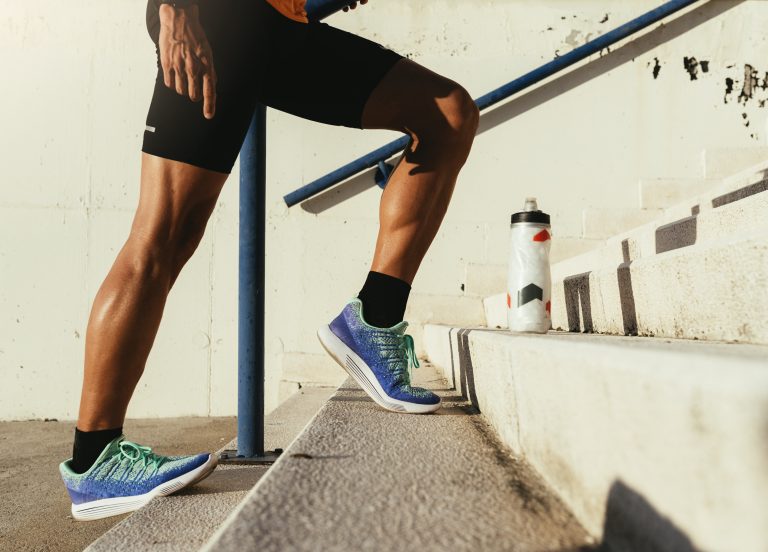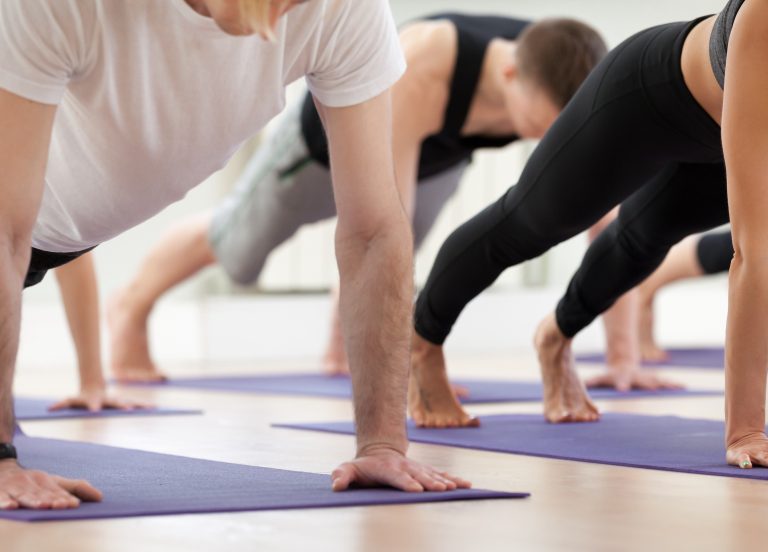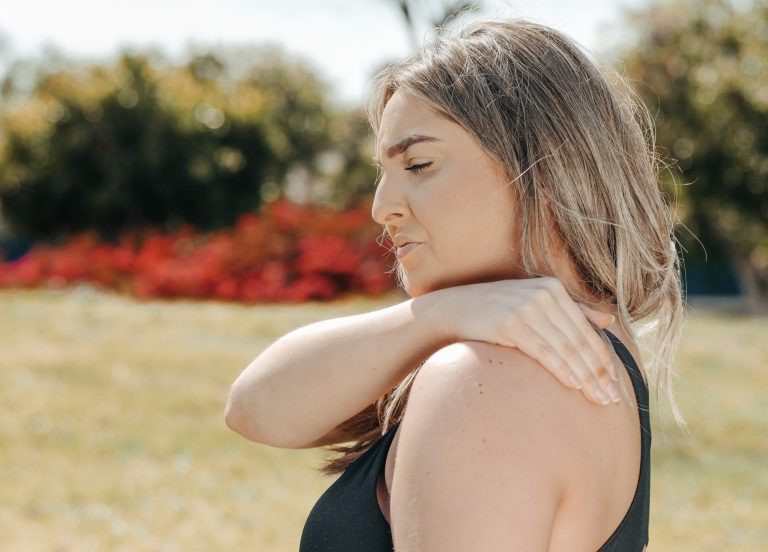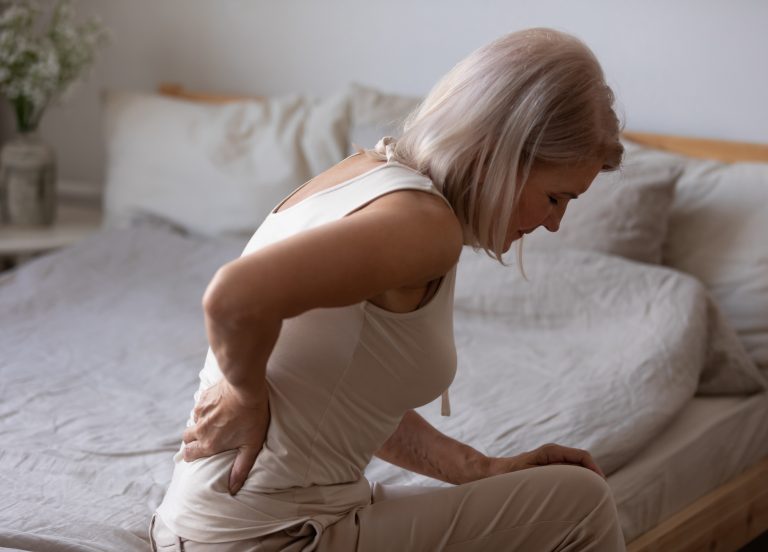Read more about pain associated with specific areas of the body in the “Treatments for” section.
To book an appointment or if you have any questions you’d like to run by me:
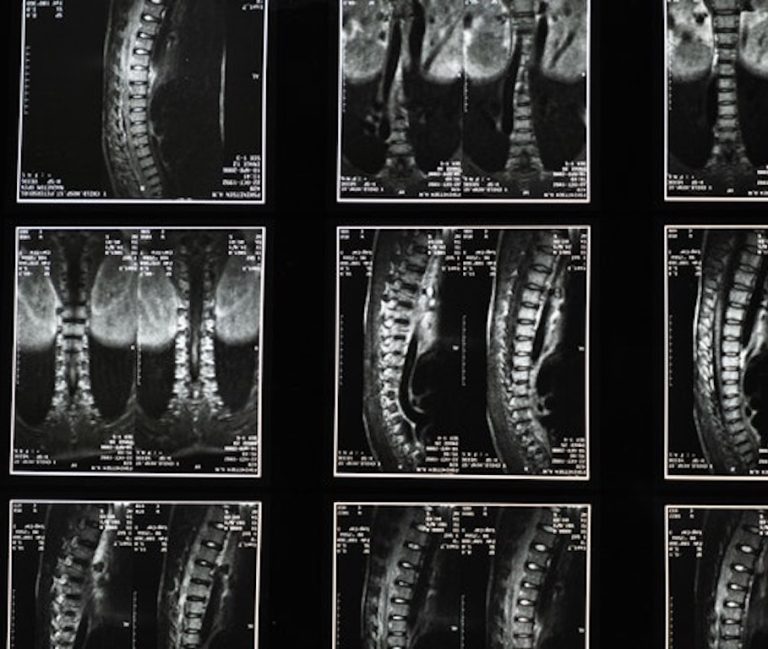

10 Scientific Facts About Low Back Pain
I was listening to the “Empowered by Pain” podcast this week, the topic of which was “Ten Scientific Facts About Low Back Pain” and thought I’d share it as there are so many useful messages in it for patients – whether your particular issue is low back pain or not.
The podcast is conducted by a group of physiotherapists and researchers at the forefront of research on the biopsychosocial approach to treating neuro-musculoskeletal pain. The biopsychosocial model acknowledges that pain – in the absence of serious pathology – is multifactorial and can be caused by factors such as stress, fatigue, low mood, inactivity, unaccustomed activity, and many more factors.


